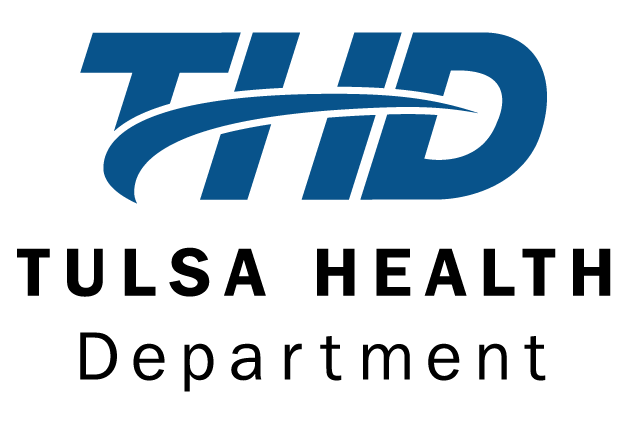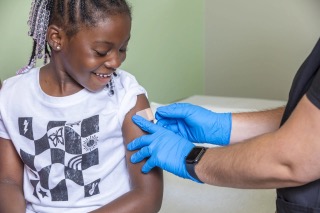While hot dog season officially started during Memorial Day weekend, Wednesday, July 22 is National Hot Dog Day to pay homage to this all-time summer icon. If you worry about franks being too unhealthy for you or your family, these tricks provided by Keri Gans, RDN, a New York City-based nutritionist will take you one step closer to consuming a healthier dog.
The nutrition breakdown
Moderation is key, obviously, but for those of us not entering a hot dog eating contest this summer, we don’t really have to worry about what’s in our links if we take a look at the label. “There’s nothing wrong with the occasional hot dog,” says Gans. “Many brands available today are made with 100 percent beef, with no fillers or nitrates.” Your typical beef hot dog contains around 150 calories, 13 grams of fat, 5 grams of saturated fat, 450 milligrams of sodium and 6 grams of protein. So, while you might not want to down a dozen, just one won’t break your no-junk-food diet.
Meat matters
The grocery store refrigerator section is riddled with different types of dogs. Nope, this isn’t your all-American beef wiener anymore. You now have the hefty choice between turkey, chicken and even tofu for you veggie-loving folks. While these varieties typically have less calories and saturated fat than the original beef hot dog, sodium levels are just around the same number for any type of dog. If you’re having a tough time deciding what to buy, turn over the package and read the label, says Gans. Look for 100 percent beef, chicken or turkey as the first ingredient, with water typically coming in second. Then, compare the saturated fat and sodium levels. In this case, lower is always better.
Top it off
Like the old saying goes: What you put on your hot dog says a lot about you. Alright, alright, so that isn’t really a thing, but you still have a lot to choose from when it comes to topping a frank. New York dogs keep it simple with sauerkraut and spicy mustard, Chicagoans go all out with tomatoes, pickles and peppers, and those from San Francisco take theirs BLT-style (yes, bacon-wrapped hot dogs are a real thing). But before you get too carried away at the topping cart, hear us out on what to say yay or nay to. Sauerkraut is recommended, says Gans, because it’s a good source of gut-healthy probiotic. And while there’s nothing wrong with drizzling on a little ketchup, mustard, pickles and relish, these items will up your sodium content, so drink plenty of water before, during and after your feast. If you have the choice, look for a whole wheat bun to nestle your delicious dog and bountiful toppings into. And last note: Skip the cheese. Sorry to all you cheddar-lovers out there, but that yellow slice of creaminess only adds extra calories and fat. (Even though it is incredibly delicious.) “Try to stick to one serving,” Gans suggests, “but most of all, if you want to eat one, just enjoy it!”
Coincidentally, the phrase “the dog days of summer” can be heard as describing the late summer and heat. However, it’s origin is not about National Hot Dog Day or when dogs are hotter and panting more. Instead, the phrase has some astronomical background. The phrase refers to a star in the Canis Major constellation, Sirius, also known as the Dog Star. In ancient times it was thought that Sirius and the Sun caused summer’s horribly hot conditions. In ancient Egypt, Sirius was used as a “watchdog” for the Nile River’s flood season arriving soon. The “dog days of summer” fall when Sirius rises in with the sun rather than being visible during the night. Most references say the average start of the “dog days of summer” falls on July 3rd and continues into mid-August. The start is not long after the Summer Solstice, the longest day of the year, which could represent the summer heat is about to settle in for the next few months.
During these hot days, make sure you are taking care of yourself with these tips for preventing heat-related illness:
Stay Cool
Wear Appropriate Clothing
Stay Cool Indoors
Schedule Outdoor Activities Carefully
Pace Yourself
Wear Sunscreen
Do Not Leave Children or Pets in Cars
Avoid Hot and Heavy Meals
Stay Hydrated
Drink plenty of fluids; don’t wait until you’re thirsty
Replace salts and minerals you lost in sweat
Keep pets hydrated as well
Stay Informed
Check for updates on heat alerts and cooling stations
Learn the signs and symptoms of heat-related illnesses and how to treat them.
Monitor those at High Risk




